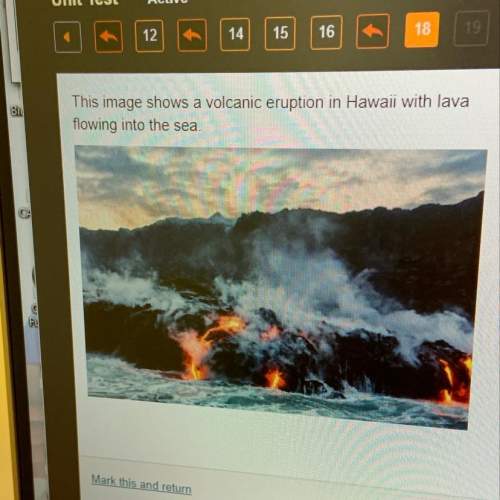
Darwin's finches are often used to illustrate evolution. Evaluate the finch beaks shown in the picture. Choose ALL of the statements that correctly explain the evolution of finch beaks.
A) As the environment changed, the finches grew longer beaks to allow them to get food out of fruits.
B) Finches with longer beaks settled on the same island with smaller beaked birds. Over time, they bred, producing medium beaked birds that became more common in the population.
C) There are finches with different types of beaks in the population. During a drought, those with shorter beaks are not able to find sufficient food and die, leaving them unable to reproduce and pass the trait on to offspring.
D) A random mutation introduced the shorter, thicker beak into the population. However, those with thinner, longer beaks were better able to get nectar from the island's flowers. Those birds with the shorter, thicker beaks were unable to get enough food to survive.
E) A disease swept through the island killing many of the insects that were common on the island, leaving the birds who ate insects from the ground starving. The finches that had thicker beaks and could get food from tree bark were able to continue to survive and reproduce, increasing this trait in the population.

Answers: 2
Another question on Biology

Biology, 21.06.2019 20:30
Match the descriptions / definitions with the term they best describe 1. three dimensional relationship of the different polypeptide chains in a multisubunit protein or protein complex 2. common folding pattern in proteins in which a linear sequence of amino acids folds into a right-handed coil stabilized by internal hydrogen-bonding between polypeptide backbone atoms. 3. the amino acid sequence of a protein 4. a region on the surface of a protein that can interact with another molecule through noncovalent bonding. 5. three-dimensional arrangement of alpha-helices and beta-sheets within a single polypeptide, typically stabilized by a variety of noncovalent bonds, including ionic and hydrogen bonds, and nonpolar interactions / hydrophobic force. 6. the chain of repeating carbon and nitrogen atoms, linked by peptide bonds, in a protein. 7. common structural motif in proteins in which different sections of the polypeptide chain run alongside each other and are joined together by hydrogen bonding between atoms of the polypeptide backbone. 8. portion of a polypeptide chain that has a discrete tertiary structure of its own and can often fold independently of the rest of the chain 9. regular local folding patterns in a protein, including alpha-helix and beta-sheet a. primary structure b. beta-sheet c. protein d. coiled-coil e. polypeptide backbone f. secondary structure g. side chain h. tertiary structure i. binding site j. alpha-helix k. quaternary structure l. protein domain
Answers: 2


Biology, 22.06.2019 16:30
Organize the following objects from lowest volume to highest volume
Answers: 2

Biology, 22.06.2019 23:30
The upper forelimbs of humans and bats have fairly similar skeletal structures, whereas the correspondingbones in whales have very different shapes and proportions. however, genetic data suggest that all three kindsof organisms diverged from a common ancestor at about the same time. which of the following is the mostlikely explanation for these data? a) humans and bats evolved by natural selection, and whales evolved by lamarckian mechanisms.b) forelimb evolution was adaptive in people and bats, but not in whales.c) natural selection in an aquatic environment resulted in significant changes to whale forelimb anatomy.d) genes mutate faster in whales than in humans or bats.e) whales are not properly classified as mammals.
Answers: 2
You know the right answer?
Darwin's finches are often used to illustrate evolution. Evaluate the finch beaks shown in the pictu...
Questions

Mathematics, 10.08.2021 08:30

Mathematics, 10.08.2021 08:30

Mathematics, 10.08.2021 08:30

History, 10.08.2021 08:30

Mathematics, 10.08.2021 08:30

History, 10.08.2021 08:30




Mathematics, 10.08.2021 08:30

Mathematics, 10.08.2021 08:30



Mathematics, 10.08.2021 08:40

Mathematics, 10.08.2021 08:40


Physics, 10.08.2021 08:40


English, 10.08.2021 08:40

Mathematics, 10.08.2021 08:40




